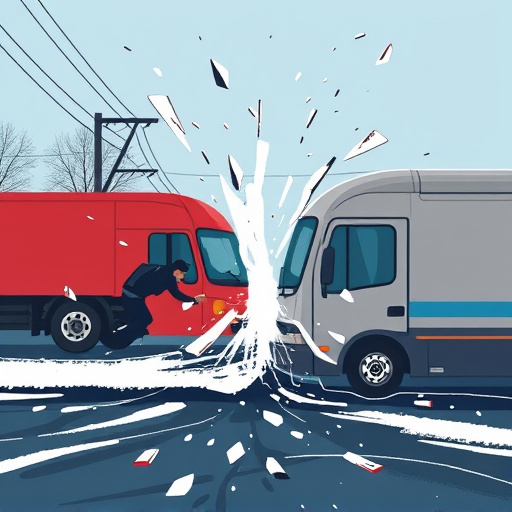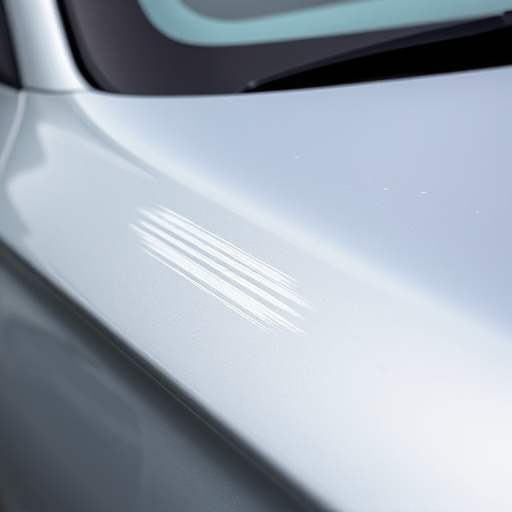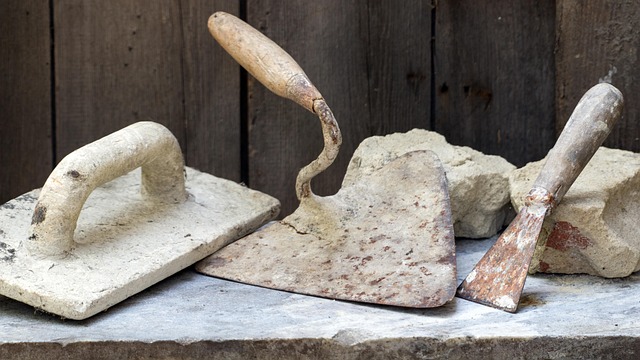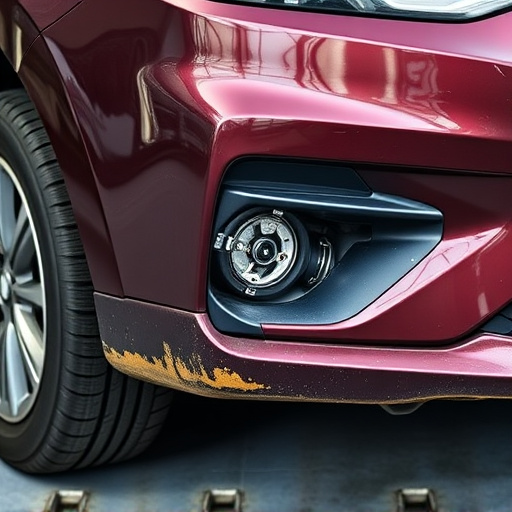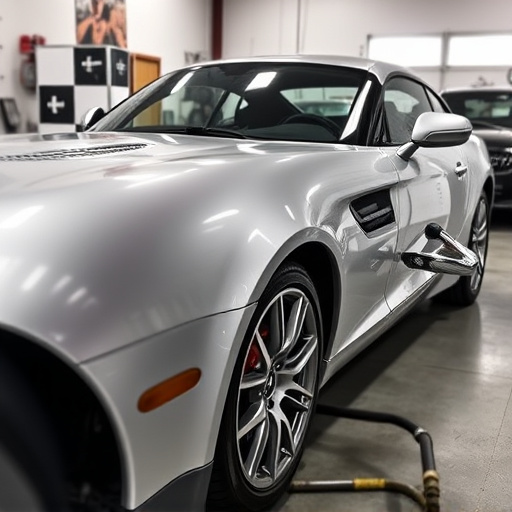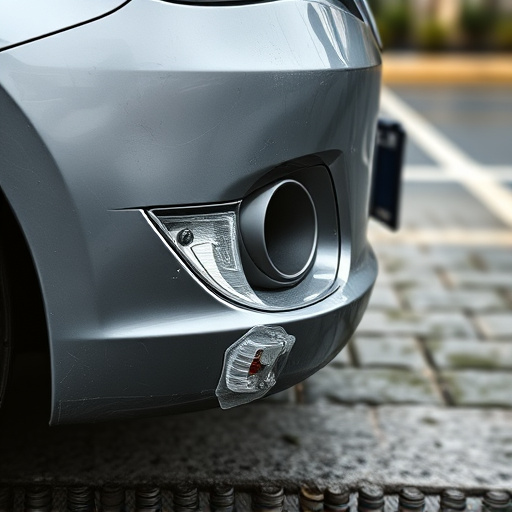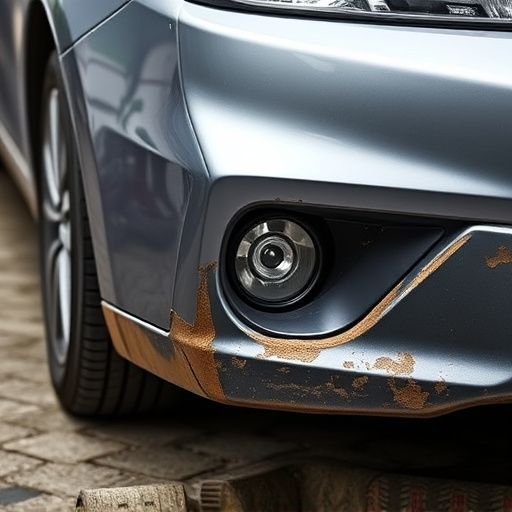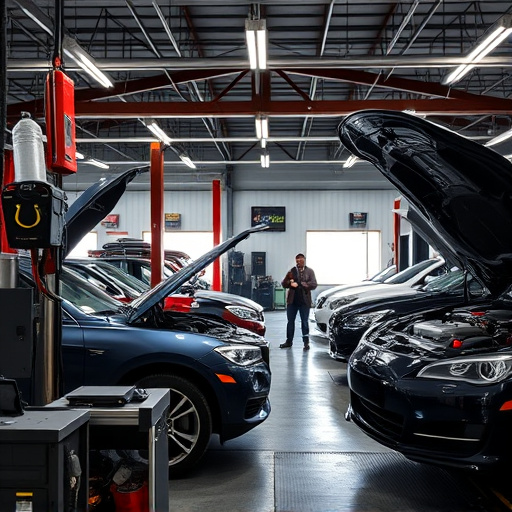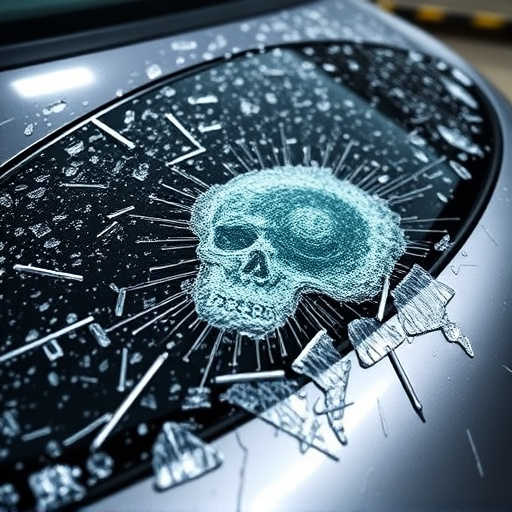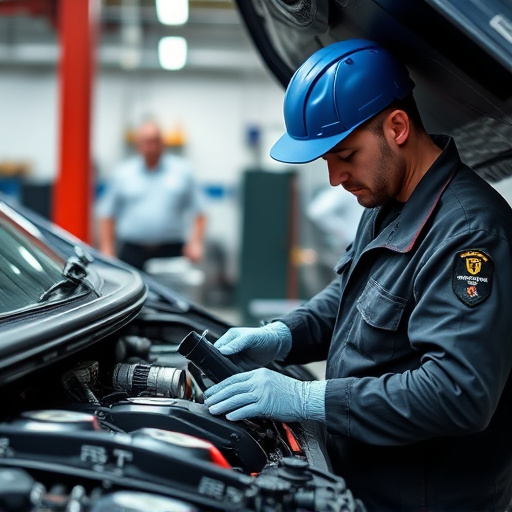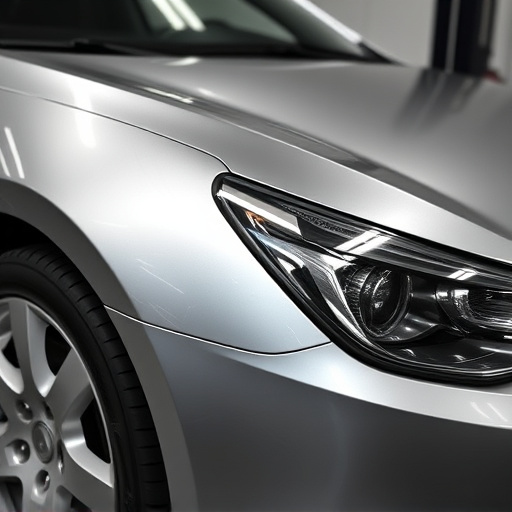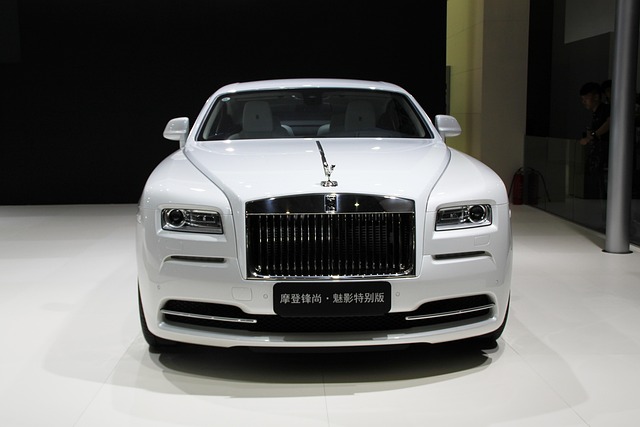Unibody frame repair is a complex process for modern car restoration, requiring precision and specialized tools to meet factory standards. Skilled technicians can fix various damage levels, ensuring post-repair alignment and performance through thorough checks of chassis, suspension, and panels. This meticulous evaluation guarantees structural integrity, addressing misalignments and cosmetic issues for safe, smooth driving in luxury vehicles.
After a unibody frame repair, understanding alignment is crucial for ensuring safety and optimal vehicle performance. This comprehensive guide delves into the essential concepts of unibody frame repair, highlighting critical alignment checks post-repair. We explore how to reinstate safety and performance standards, providing a step-by-step approach to guarantee your vehicle’s structural integrity and driving dynamics are up to par.
- Unibody Frame Repair: Essential Concepts
- Post-Repair Assessment: Key Alignment Checks
- Reinstating Safety and Performance Standards
Unibody Frame Repair: Essential Concepts

Unibody frame repair is a critical process that forms the backbone of modern automotive restoration and damage restoration. It involves meticulous work on the vehicle’s structural framework, which is typically a single, integrated unit in modern cars and SUVs. This intricate procedure demands precision and expertise to ensure the safety and integrity of the vehicle after any damage or accidents. The unibody frame acts as the car’s skeletal system, connecting various components like the chassis, body panels, and suspension systems.
Understanding unibody frame repair requires a grasp of its unique characteristics compared to traditional frame repairs. Unlike older vehicles with separate frames, modern cars’ unibodies must be carefully aligned and restored to factory specifications. This process often involves specialized equipment and techniques, such as laser alignment technology, to ensure precise measurements and adjustments. Fleet repair services and auto maintenance centers specializing in unibody frame repair employ skilled technicians who can handle various types of damage, from minor fender benders to significant structural trauma, ensuring vehicles return to their pre-incident condition.
Post-Repair Assessment: Key Alignment Checks
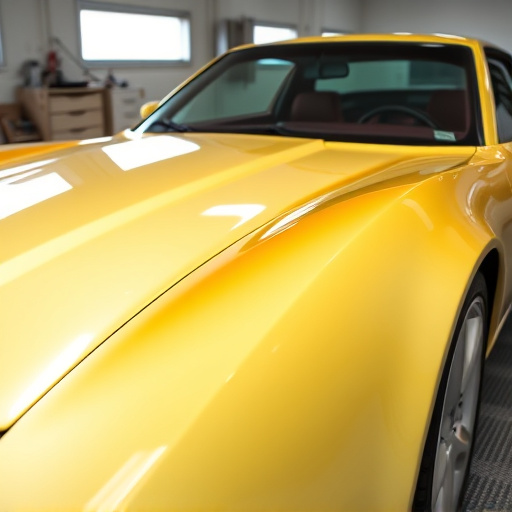
After successful unibody frame repair work, a comprehensive post-repair assessment is crucial to ensure optimal alignment and performance. This involves several key checks to verify that all structural components have been correctly realigned and secured. By examining the vehicle’s chassis, suspension systems, and panels, technicians can identify any remaining misalignments or gaps that may have been caused by the initial damage or repair process itself.
Specific areas of focus include checking the alignment of major parts like the wheels, tires, doors, and fenders to ensure they are correctly positioned and aligned with the vehicle’s frame. It’s also essential to evaluate the bumper repair work, as well as any other cosmetic fixes like car scratch repairs, to make certain they don’t impact overall alignment. These checks help guarantee that the repaired unibody maintains its structural integrity and provides a safe, smooth driving experience for the vehicle’s occupants.
Reinstating Safety and Performance Standards
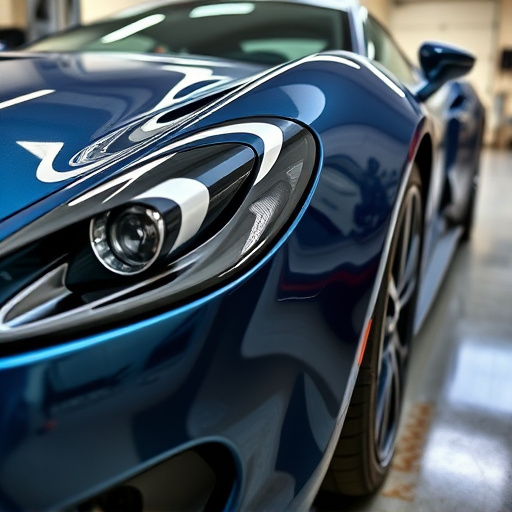
After successful unibody frame repair work, one of the critical steps is reinstating safety and performance standards. This involves meticulous checks to ensure that all structural integrity points are restored to their original specifications. Every luxury vehicle repair process demands precision and attention to detail due to the intricate designs and advanced engineering involved. The goal is not just to fix but to restore the vehicle to its pre-accident condition, ensuring it meets industry safety standards for both passengers and drivers.
The alignment of various components within a unibody frame is crucial for optimal performance. Skilled technicians employ specialized tools to measure and adjust, addressing any misalignments resulting from the repair process or the accident itself. This meticulous work extends beyond mere cosmetic fixes; it encompasses vehicle dent repair and even vehicle paint repair in some cases, ensuring not just a seamless exterior but also a safe and reliable driving experience.
After delving into the intricacies of unibody frame repair and its impact on vehicle safety and performance, it’s clear that proper alignment is paramount. By understanding essential concepts, conducting thorough post-repair assessments, and reinstating industry standards, mechanics can ensure vehicles return to their optimal state. This meticulous approach not only guarantees safety but also maintains the overall quality and reliability of each repaired vehicle.
